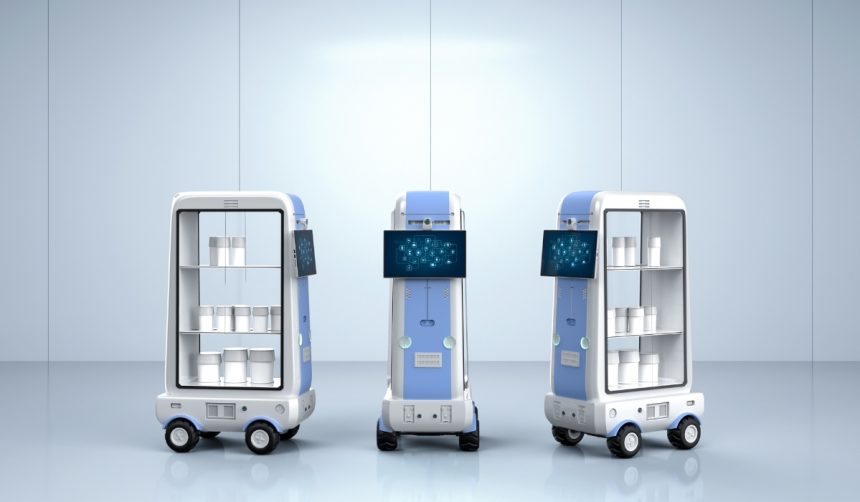Recent advancements in robotic surgery continue to shape the surgical landscape with Levita Magnetics gaining expanded FDA 510(k) clearance for its MARS (magnetic-assisted robotic surgery) system. Surgeons and hospitals face increased expectations for efficiency and minimally invasive procedures, leading to growing attention toward such technologies. MARS aims to address the challenges posed by traditional surgery on patients with obesity-related conditions, offering a solution designed to reduce surgical trauma and improve operational flexibility in the operating room.
Similar regulatory approvals in recent years focused mainly on initial uses of the Levita Magnetic Surgical System, with applications restricted to more conventional laparoscopic procedures. Earlier rollouts centered on the technology’s capability to minimize incision numbers, but without encompassing broader indication for bariatric and hiatal hernia repairs. The current clearance represents an expansion in scope, supporting more comprehensive approaches to obesity-related surgical conditions while aligning with a trend toward integrating advanced magnetic and robotic tools into mainstream surgical practice.
How Does the MARS System Advance Surgical Options?
The expanded FDA clearance allows the combined MARS and Magnetic Surgical System (MSS) to be used in bariatric and hiatal hernia repairs, providing surgeons with access to Dynamic Magnetic Positioning technology. This facilitates internal organ retraction, in particular the liver, during abdominal surgeries and enables improved visualization for critical steps of the procedures. The new approval supports simultaneous treatment of hiatal hernias in bariatric patients, reflecting a shift towards integrating multiple interventions within a single session.
What New Devices Have Been Approved For Use?
As part of the regulatory development, the FDA cleared Levita’s 12.5 mm magnetic grasper. Engineered to help manage cases involving patients with high BMI or large livers, this grasper allows for more central organ grasping rather than edge-based manipulation. Enhanced visualization and precision are key outcomes, supporting both hernia and bariatric procedures where traditional tools faced limitations.
What Role Did Dual-Robot Procedures and Collaborations Play?
MARS attracted further attention by being used in a dual-robot surgery that achieved a full prostate removal, in collaboration with Intuitive Surgical’s Da Vinci SP system. During this case, surgeons leveraged the MARS system for precise internal tissue retraction while the Da Vinci SP platform handled surgical interventions. This coordinated use highlighted the complementary capabilities of the two robotic systems, enabling greater operational access and potentially reducing surgical risks.
Levita Magnetics’ MARS system builds on earlier commercial success by adopting a compact form factor suitable for standard operating rooms. Beyond simply assisting with instrument control, its technology minimizes the number and size of incisions, which may lead to reduced recovery times for patients. These practices reflect an ongoing effort to adopt minimally invasive solutions wherever possible.
Robotic-assisted surgeries remain under close observation for their clinical value and cost-effectiveness, particularly in high-BMI patient populations. The introduction of magnetic technologies is being studied for its potential to increase surgeon dexterity and operational safety. With expanding regulatory clearance, more hospitals may integrate MARS and similar systems into bariatric and hernia procedures. For medical teams, understanding the nuances of these technologies—including device compatibility and workflow changes—will be important in maximizing outcomes. Patients can benefit from increased procedural options, but should engage with their medical providers about the appropriateness of magnetic-assisted robotics for their particular case.










